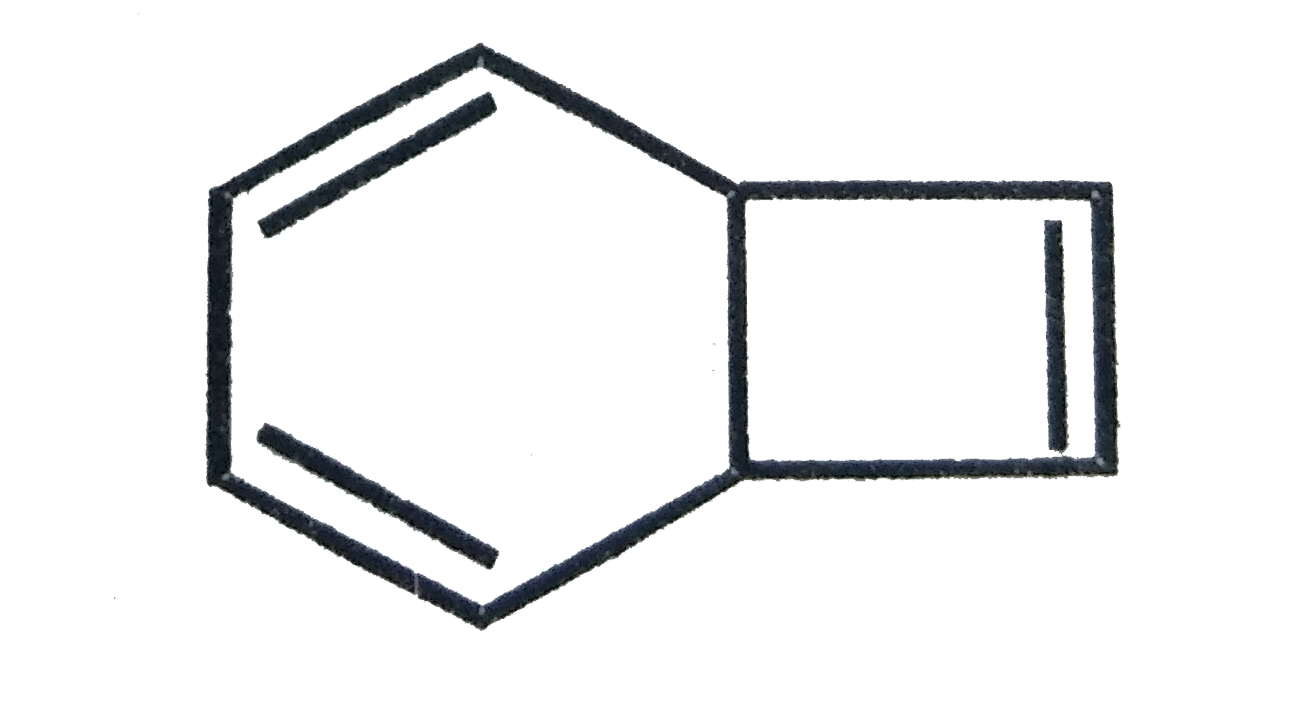The hybridization of central atoms of compounds A, B, C and D are sp3d,sp3,sp2andsp respectively. If compounds A and D have same shape like I−3 and compounds B and C have same shape like water structure. Then calculate value of "P+Q+R+S", where P, Q, R, and S are number of lone pairs on central atoms of compounds A, B, C and D respectively.
The correct Answer is:6
To solve the problem, we need to determine the number of lone pairs on the central atoms of compounds A, B, C, and D based on their hybridization and the shapes provided.
1. Identify the Hybridization and Shapes:
- Compound A: Hybridization = sp³d (Shape: I₃⁻)
- Compound B: Hybridization = sp³ (Shape: Water)
- Compound C: Hybridization = sp² (Shape: Water)
- Compound D: Hybridization = sp (Shape: I₃⁻)
2. Determine the Lone Pairs for Compound A (sp³d):
- The I₃⁻ ion has a linear shape with three lone pairs on the central atom (Iodine).
- Therefore, for compound A, P (the number of lone pairs) = 3.
3. Determine the Lone Pairs for Compound B (sp³):
- Water (H₂O) has a bent shape with two lone pairs on the central atom (Oxygen).
- Therefore, for compound B, Q (the number of lone pairs) = 2.
4. Determine the Lone Pairs for Compound C (sp²):
- The sp² hybridized atom in a water-like structure has one lone pair (for example, in a molecule like SO₂).
- Therefore, for compound C, R (the number of lone pairs) = 1.
5. Determine the Lone Pairs for Compound D (sp):
- The sp hybridized atom in a linear structure (like in I₃⁻) has no lone pairs.
- Therefore, for compound D, S (the number of lone pairs) = 0.
6. Calculate the Total:
- Now we add the values of P, Q, R, and S:
P+Q+R+S=3+2+1+0=6
Final Answer:
The value of P+Q+R+S is 6.
- Compound A: Hybridization = sp³d (Shape: I₃⁻)
- Compound B: Hybridization = sp³ (Shape: Water)
- Compound C: Hybridization = sp² (Shape: Water)
- Compound D: Hybridization = sp (Shape: I₃⁻)
- The I₃⁻ ion has a linear shape with three lone pairs on the central atom (Iodine).
- Therefore, for compound A, P (the number of lone pairs) = 3.
- Water (H₂O) has a bent shape with two lone pairs on the central atom (Oxygen).
- Therefore, for compound B, Q (the number of lone pairs) = 2.
- The sp² hybridized atom in a water-like structure has one lone pair (for example, in a molecule like SO₂).
- Therefore, for compound C, R (the number of lone pairs) = 1.
- The sp hybridized atom in a linear structure (like in I₃⁻) has no lone pairs.
- Therefore, for compound D, S (the number of lone pairs) = 0.
- Now we add the values of P, Q, R, and S:
P+Q+R+S=3+2+1+0=6
The value of P+Q+R+S is 6.
Topper's Solved these Questions
Similar Questions
Knowledge Check
The type of hybridisation of boron in diborane is
(a) sp , (b) sp2 , (c) sp3 , (d) dsp2Asp-hybridizationBsp2-hybridizationCsp3-hybridizationDsp3d2-hybridization
Draw the shapes of sp3,sp2andsphybrid orbitals.
View SolutionThe ion that has sp3d2 hybridization for the central atom, is :
View SolutionThe compound(s) with two lone pairs of electron on the central atom is (are)
View SolutionThe compound(s) with two lone pairs of electron on the central atom is (are)
View SolutionThe maximum number of 180∘ angle possible between X-M-X bond for compounds with sp3d2 and sp3d hybridisation respectively are
View SolutionName one ion whose central atom has sp3d3 type of hybrid orbitals.
View SolutionThe number of sp2−sp2 sigma bonds in the compound given below is :

View Solution
